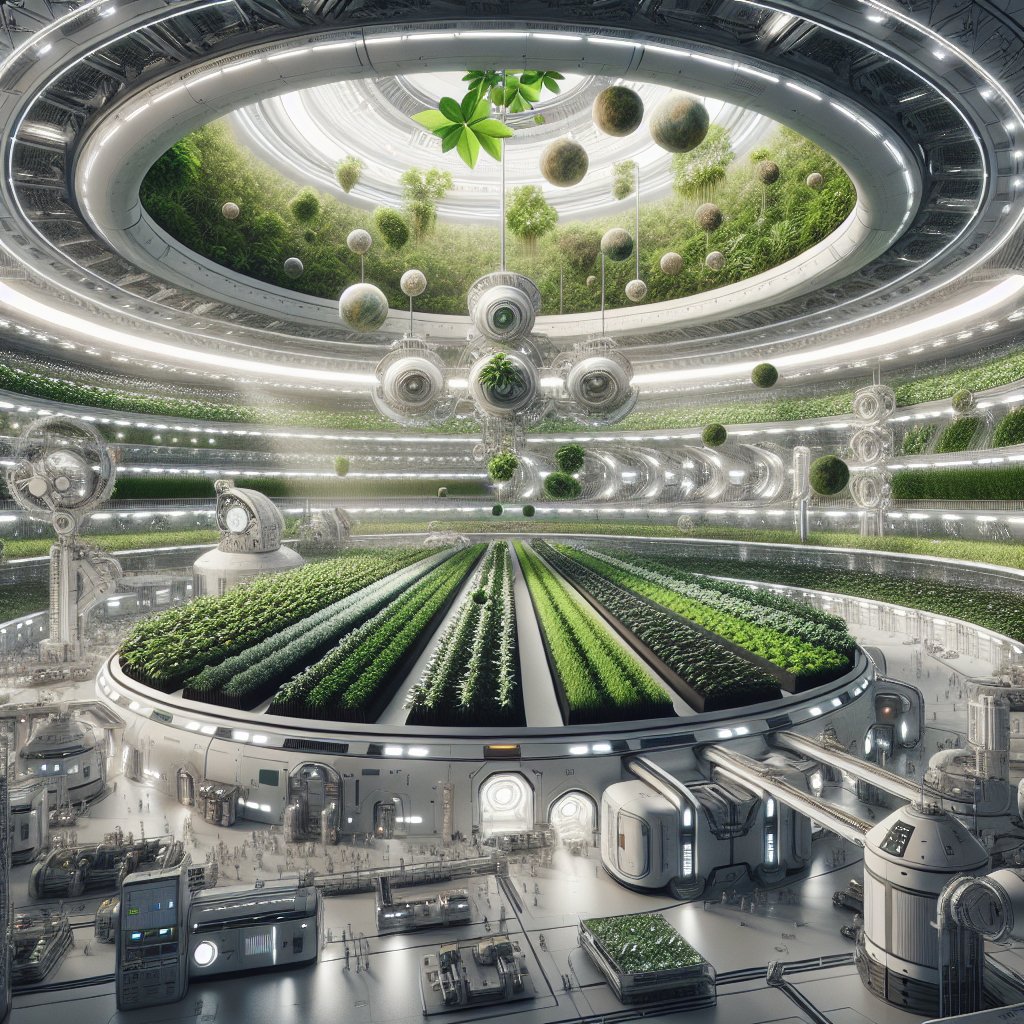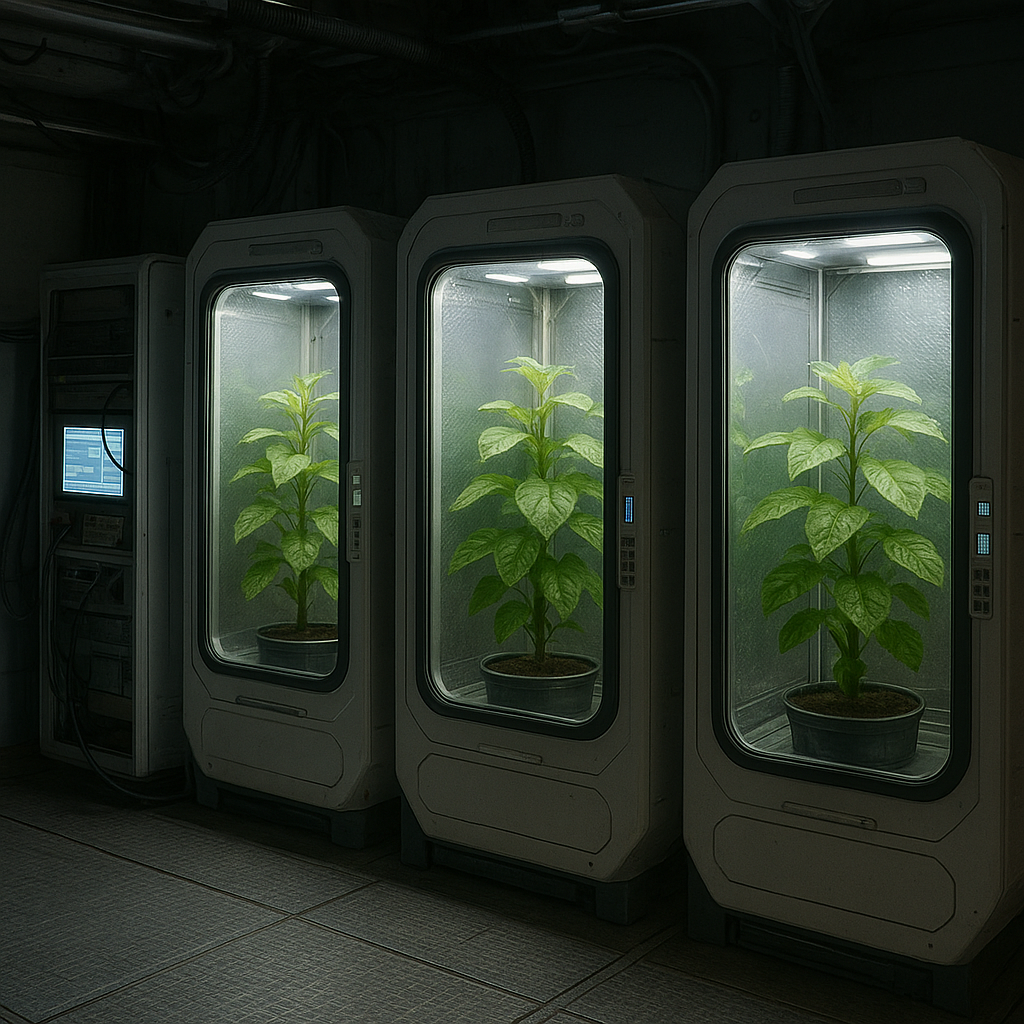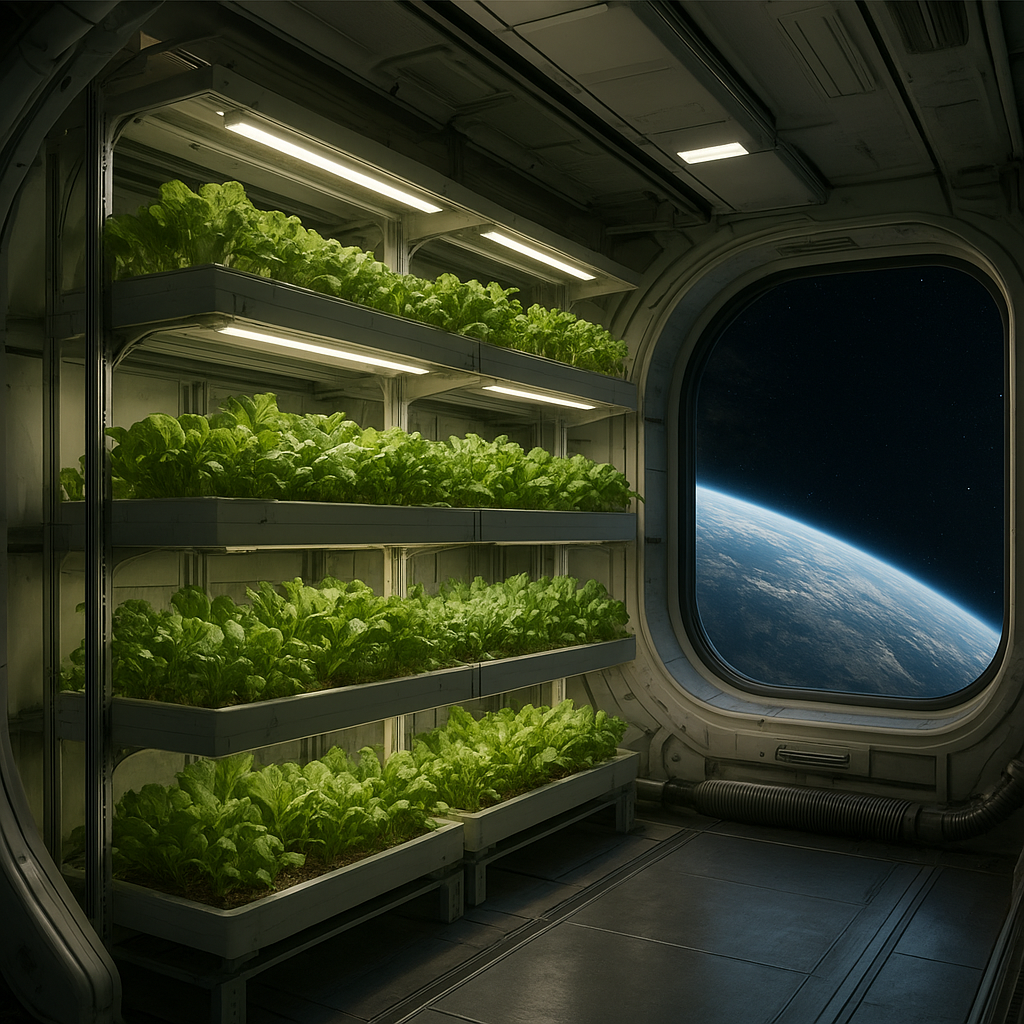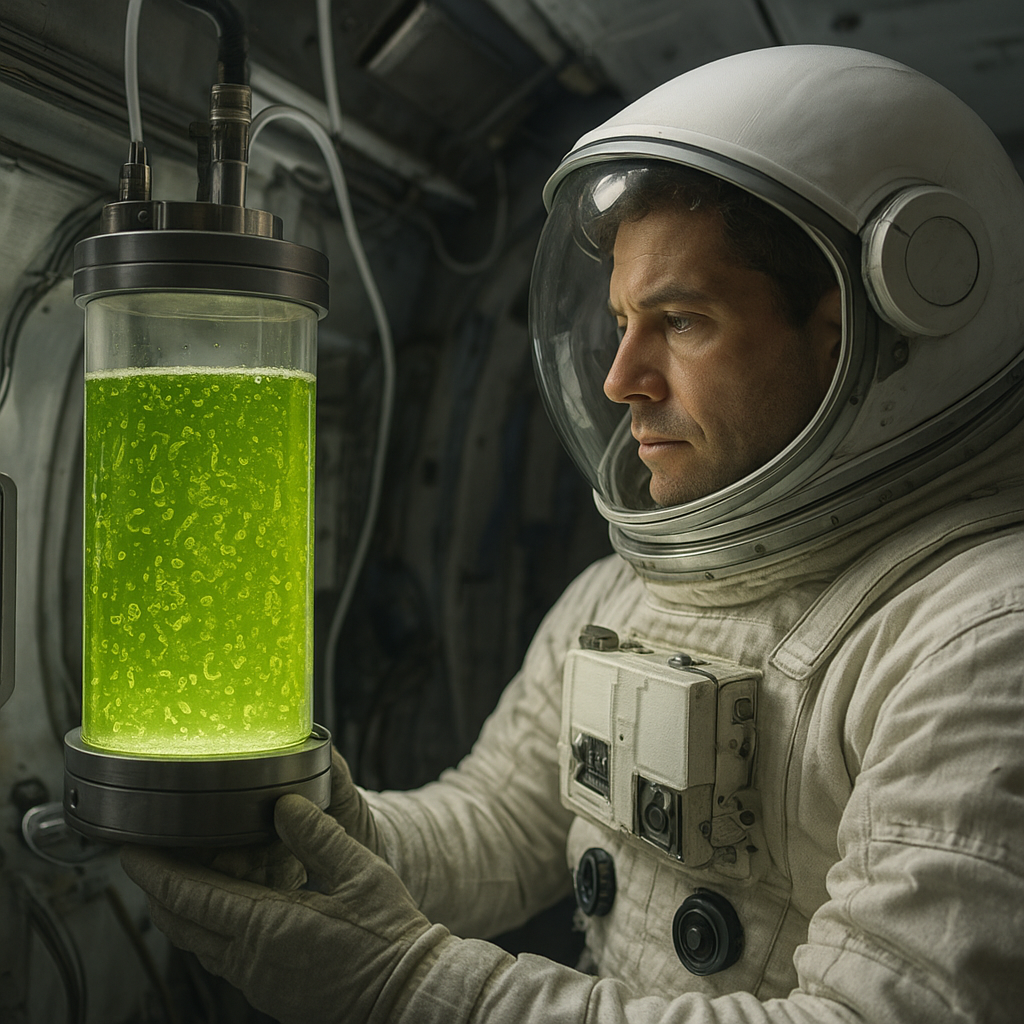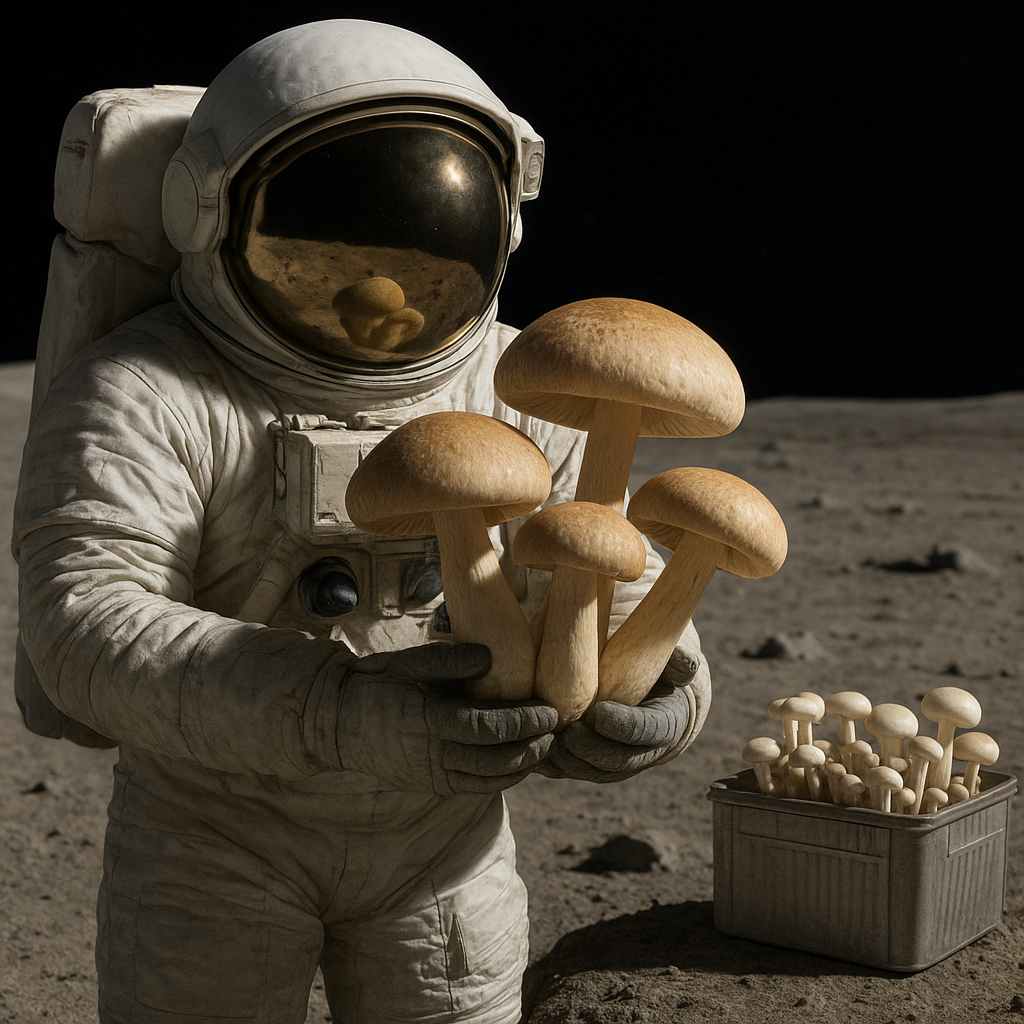The exploration of space has opened up new frontiers not only for human habitation but also for sustainable agriculture beyond Earth. As we venture into the cosmos, the concept of artificial ecosystems emerges as a pivotal solution to support agriculture in extraterrestrial environments. This article delves into the potential of artificial ecosystems in space agriculture, examining their design, functionality, and the challenges they may face in the quest for food security on other planets.
Understanding Artificial Ecosystems
Artificial ecosystems are engineered environments that mimic natural ecosystems, designed to sustain life through controlled conditions. These systems can be tailored to meet the specific needs of various organisms, including plants, animals, and microorganisms. In the context of space agriculture, artificial ecosystems can provide a self-sustaining environment that recycles nutrients, manages waste, and supports plant growth in the absence of Earth’s natural resources.
The Components of Artificial Ecosystems
To create a viable artificial ecosystem for space agriculture, several key components must be integrated:
- Bioreactors: These are essential for cultivating microorganisms that can break down organic waste and convert it into nutrients for plants.
- Hydroponic Systems: Growing plants without soil, hydroponics allows for efficient nutrient delivery and water conservation, making it ideal for space environments.
- Closed-Loop Systems: These systems recycle water and nutrients, minimizing waste and ensuring that resources are used efficiently.
- Artificial Lighting: Since natural sunlight may be limited in space habitats, artificial lighting systems can simulate sunlight, promoting photosynthesis and plant growth.
- Climate Control: Maintaining optimal temperature, humidity, and air quality is crucial for the health of both plants and microorganisms.
Benefits of Artificial Ecosystems in Space Agriculture
The implementation of artificial ecosystems in space agriculture offers numerous advantages:
- Resource Efficiency: By recycling water and nutrients, artificial ecosystems can significantly reduce the amount of resources needed for food production.
- Food Security: As missions to Mars and beyond become more feasible, ensuring a reliable food supply will be essential for the health and well-being of astronauts.
- Research Opportunities: Developing artificial ecosystems provides a unique opportunity to study plant growth and ecosystem dynamics in microgravity, leading to advancements in both space and terrestrial agriculture.
- Psychological Benefits: Engaging with plants and nature can have positive effects on mental health, which is particularly important for long-duration space missions.
Challenges in Implementing Artificial Ecosystems
Despite the promising potential of artificial ecosystems, several challenges must be addressed to ensure their success in space agriculture:
Microgravity Effects
One of the most significant challenges is the impact of microgravity on plant growth and development. Research has shown that plants respond differently in microgravity compared to Earth, affecting their root orientation, nutrient uptake, and overall growth patterns. Understanding these effects is crucial for optimizing artificial ecosystems for space.
Resource Limitations
Space missions are often constrained by limited resources, including water, energy, and materials. Designing artificial ecosystems that can operate efficiently within these constraints is essential. Innovations in resource recycling and energy generation will play a critical role in overcoming these limitations.
Technological Integration
Creating a fully functional artificial ecosystem requires the integration of various technologies, including sensors, automation, and data analysis. Developing reliable systems that can monitor and adjust environmental conditions in real-time is vital for maintaining plant health and productivity.
Psychological and Social Factors
Long-duration space missions can lead to psychological stress among crew members. The design of artificial ecosystems should consider not only the biological needs of plants but also the psychological benefits they provide to astronauts. Incorporating elements of nature into living spaces can enhance well-being and foster a sense of connection to Earth.
Future Prospects of Space Agriculture
The future of space agriculture is promising, with ongoing research and development aimed at creating sustainable food production systems for extraterrestrial environments. As we continue to explore the cosmos, the integration of artificial ecosystems will be crucial in supporting human life on other planets.
Collaborative Research Initiatives
International collaborations among space agencies, universities, and private companies are essential for advancing the field of space agriculture. Initiatives such as NASA’s Veggie experiment aboard the International Space Station (ISS) have already demonstrated the feasibility of growing food in space, paving the way for future developments.
Potential for Mars Colonization
As plans for Mars colonization progress, the need for sustainable agriculture becomes increasingly critical. Artificial ecosystems could provide the necessary infrastructure to support food production on Mars, allowing for long-term human habitation. Research into Martian soil, atmospheric conditions, and radiation levels will inform the design of these ecosystems, ensuring they are tailored to the unique challenges of the Martian environment.
Implications for Earth Agriculture
The advancements made in artificial ecosystems for space agriculture may also have significant implications for agriculture on Earth. Techniques developed for resource-efficient food production in space could be applied to address challenges such as climate change, soil degradation, and water scarcity on our home planet. The knowledge gained from creating self-sustaining ecosystems in space could lead to innovative solutions for sustainable agriculture on Earth.
Conclusion
Artificial ecosystems hold immense potential for supporting space agriculture, providing a sustainable solution for food production in extraterrestrial environments. While challenges remain, ongoing research and technological advancements will pave the way for successful implementation. As humanity continues to explore the cosmos, the integration of artificial ecosystems will be essential for ensuring food security and the well-being of future space travelers. The lessons learned from these endeavors will not only benefit space exploration but also contribute to the sustainability of agriculture on Earth, creating a brighter future for all.
